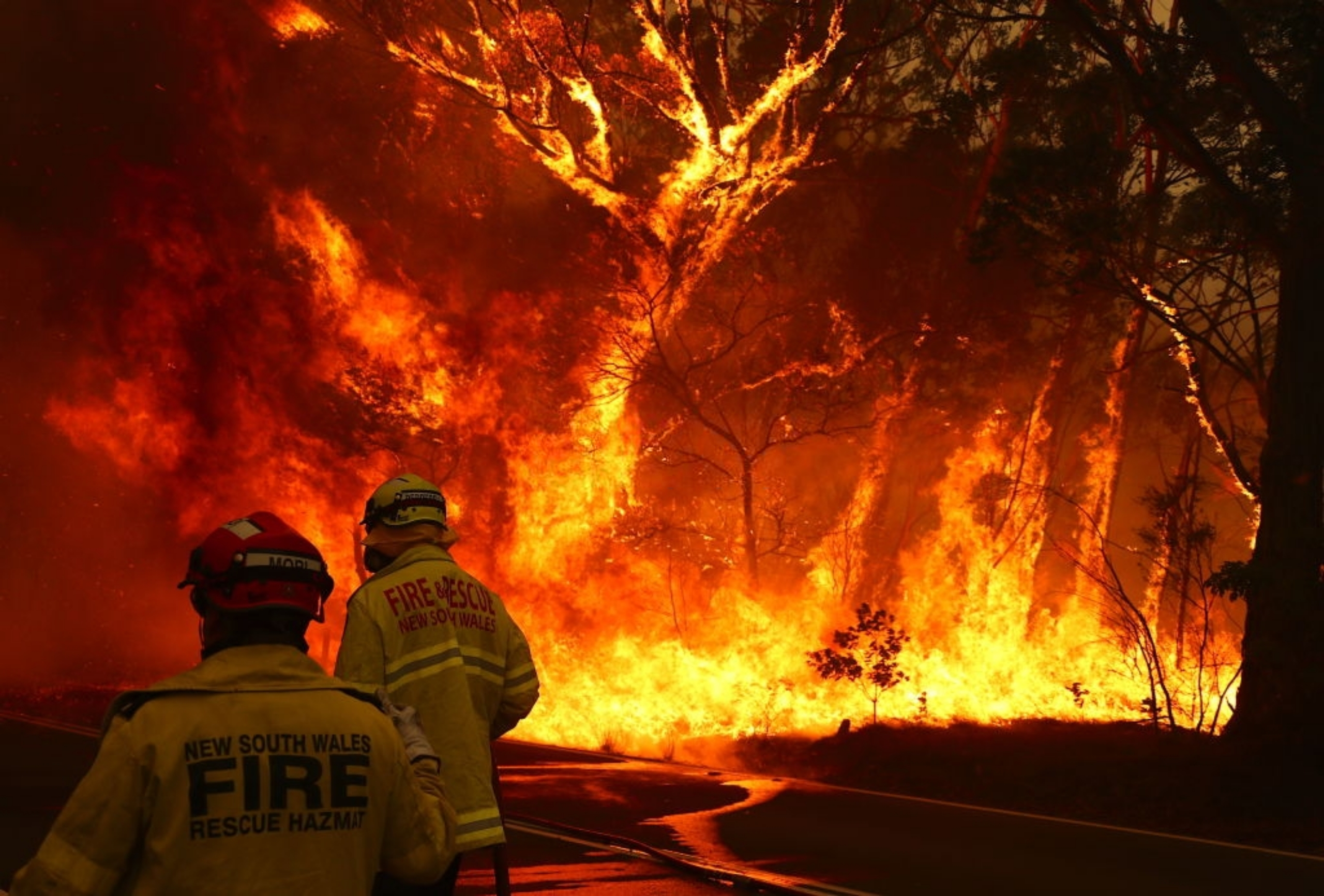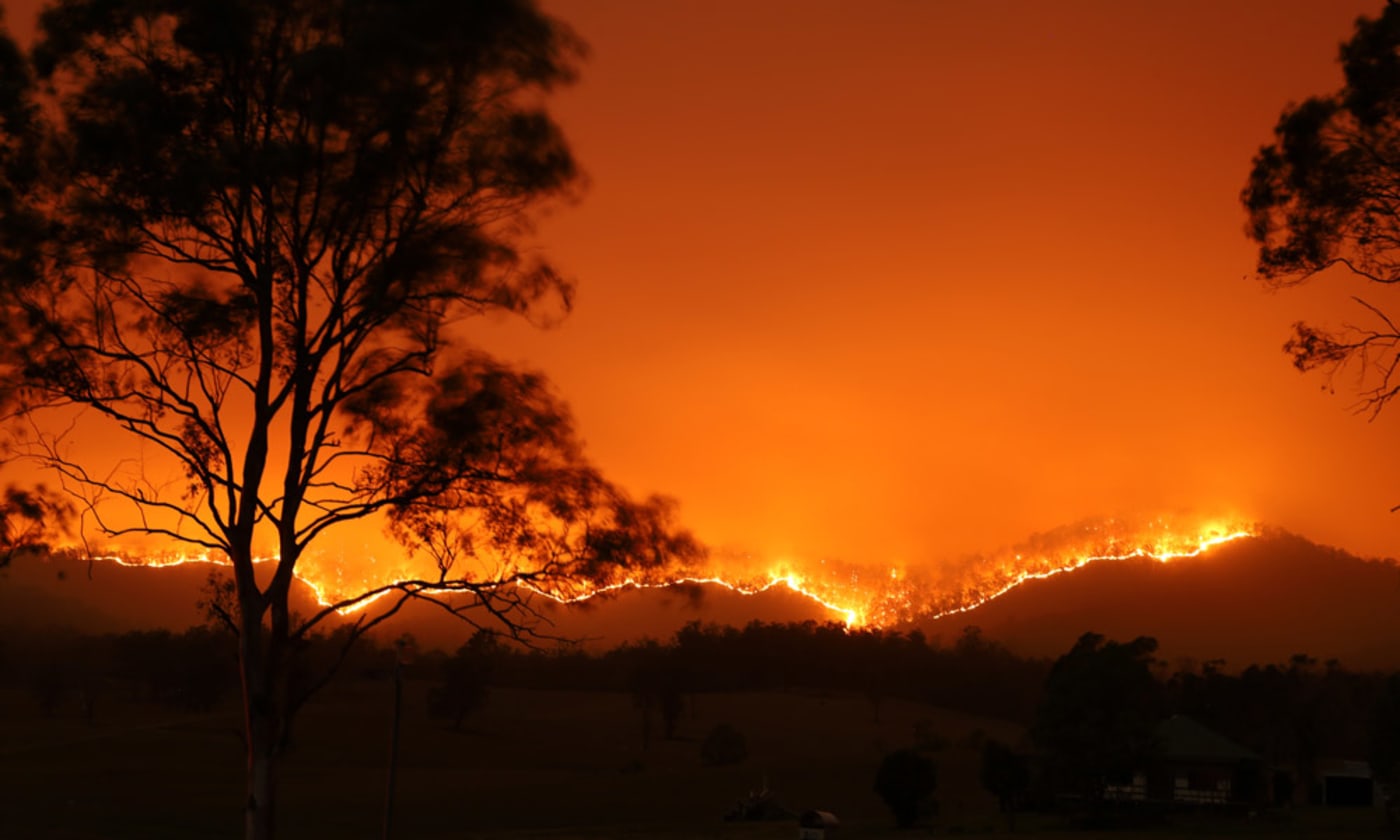Beyond Compliance: Enhancing Residential Or Commercial Property Security with an In-depth BAL Report
Beyond Compliance: Enhancing Residential Or Commercial Property Security with an In-depth BAL Report
Blog Article
Vital Tips for Bushfire Management to Make Certain Fire Protection

Understanding Bushfire Threat Levels
Comprehending the varying levels of bushfire risk is essential for effective planning and preparation in mitigating prospective hazards to lives and residential properties. Bushfire threat degrees are commonly classified based upon elements such as climate condition, gas schedule, topography, and historical fire actions. By comprehending these danger people, levels and neighborhoods can proactively implement approaches to decrease susceptability and enhance durability despite prospective bushfire occasions.
The very first level of bushfire threat is low threat, where the probability of a bushfire taking place and creating substantial damage is very little. This degree frequently happens throughout durations of reduced temperatures, moderate humidity, and very little wind rates. Moderate risk degrees suggest an increased capacity for bushfires due to intensifying weather problems or gas accessibility. High-risk levels represent a substantial threat, with conditions for quick fire spread and extreme fire habits. Severe threat levels are one of the most important, presenting imminent threat to homes and lives as a result of serious weather condition problems and extremely combustible fuels.
Comprehending these bushfire danger degrees makes it possible for stakeholders to tailor their readiness and feedback actions as necessary, making sure a proactive and effective method to bushfire administration.
Developing a Defensible Area
Efficient bushfire administration starts with establishing a defensible room around properties to boost defense against potential fire hazards. A defensible area is a buffer area that creates an obstacle between a framework and the bordering flammable vegetation. This room works as a vital line of protection, giving firemans a secure area to run and helping to minimize the risk of a fire spreading out to the residential or commercial property.
When creating a defensible area, it is important to take into consideration the design of the property and the bordering landscape. Clearing up vegetation, particularly very flammable plants, within a certain span of the residential or commercial property can aid avoid the quick spread of fires. Additionally, maintaining a well-irrigated zone around the home can additionally improve its defensibility.
Normal maintenance of the defensible space is critical to ensure its efficiency. This consists of cutting looming branches, clearing dead plants, and maintaining the area devoid of particles. By investing effort and time right into developing and keeping a defensible area, homeowner can substantially improve their opportunities of protecting their homes and properties throughout a bushfire.
Executing Fire-Resistant Landscape Design
When making landscapes to reduce the danger of bushfires, including fire-resistant elements is necessary for boosting residential property defense and lowering fire threats. Implementing fire-resistant landscaping includes critical planning to produce a defensible space around frameworks. Begin by selecting fireproof plant varieties that are much less most likely to stir up and create lower levels of combustible products. Select plants with high moisture web content, low oil material, and marginal dead greenery to reduce the risk of fire spread. In addition, preserve appropriate spacing between plants and maintain them correctly trimmed to protect against fire from quickly leaping between greenery.

Producing an Emergency Emptying Strategy
Establishing an extensive emergency situation evacuation strategy is essential for guaranteeing the safety and health of individuals during possible bushfire occurrences (BMP). An efficient emptying plan need to detail clear procedures to comply with in case of a bushfire threat, consisting of designated discharge paths, setting up factors, and interaction procedures
To start producing an emergency situation evacuation strategy, it is vital to examine the specific risks and susceptabilities of your place. Recognize multiple emptying routes that result in secure areas away from the fire, considering elements such as surface, roadway ease of access, and prospective dangers. Develop interaction networks to sharp homeowners of an upcoming evacuation, utilizing methods such as sirens, text informs, or door-to-door alerts.
On a regular basis testimonial and exercise the evacuation plan with all homeowners or community members to make sure every person recognizes their roles and duties. Conduct drills to evaluate the performance of the plan and make any needed changes. By having a well-prepared discharge plan additional hints in position, you can enhance the chances of a safe and orderly emptying during a bushfire emergency situation.
Keeping Fire Security Devices
After establishing a comprehensive emergency situation discharge prepare for bushfire events, it is critical to focus on the routine maintenance of fire safety and security tools to make certain optimum performance and readiness. Routine upkeep of fire safety and security tools such as fire extinguishers, smoke detectors, smoke alarm, and sprinkler systems is crucial in safeguarding lives and building throughout a bushfire. Performing routine inspections, screening, and servicing of these devices visit this site right here by certified specialists is necessary to assure they are in working order when required.
Fire extinguishers must be inspected on a regular basis for stress degrees, noticeable damage, and proper functionality. Smoke alarm must have their batteries replaced a minimum of once a year and go through monthly screening to guarantee they are operational. Smoke alarm and automatic sprinkler need to be checked regularly to validate they are linked and functioning appropriately. Furthermore, it is essential to keep fire safety and security devices accessible, unblocked, and plainly classified for easy recognition throughout an emergency. By diligently preserving fire safety and security equipment, people can enhance their readiness and response abilities in case of a bushfire.
Final Thought
In verdict, efficient bushfire monitoring involves recognizing threat levels, producing defensible rooms, carrying out fire-resistant landscaping, developing evacuation strategies, and maintaining fire safety and security tools. By complying with these necessary pointers, people can make certain far better fire security and safety for their properties and areas. It is crucial to prioritize positive procedures to minimize the threats connected with bushfires and to be prepared for emergency situations.
By recognizing the nuances of bushfire danger degrees, developing defensible spaces, applying fireproof landscaping, producing detailed evacuation strategies, and guaranteeing the maintenance of fire safety devices, areas and individuals can dramatically reinforce their strength against why not try these out the ravages of wildfires - Bushfire Risk. These ideas are not only critical for protecting against instant fire threats however additionally for fostering long-term fire defense strategies that can make a considerable difference in the face of rising bushfire dangers
High-risk levels signify a substantial risk, with problems favorable to rapid fire spread and severe fire behavior. Normal maintenance of fire safety devices such as fire extinguishers, smoke detectors, fire alarms, and lawn sprinkler systems is vital in securing lives and building during a bushfire.In verdict, efficient bushfire management entails understanding threat degrees, creating defensible areas, executing fireproof landscape design, establishing emptying strategies, and keeping fire safety and security tools.
Report this page